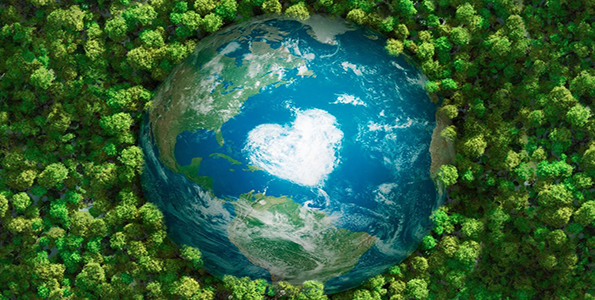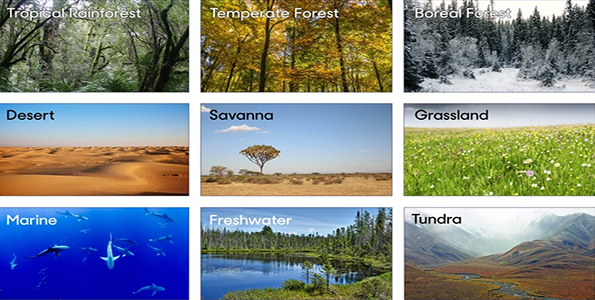
Earth as a whole can be considered a massive biome because it encompasses both aquatic and terrestrial biomes, all of which are interconnected. The planet, when viewed from space, is one large ecological system with various life forms thriving across the globe.


